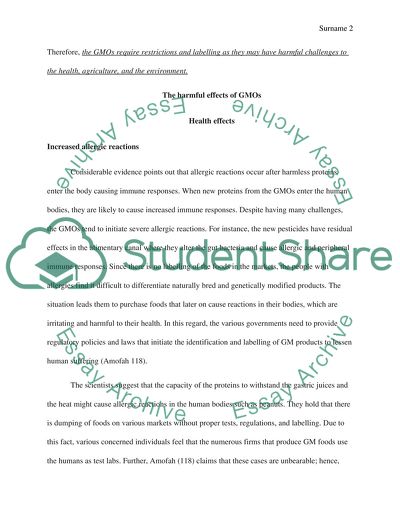Cite this document
(GMOs Require Restrictions And Better Labelling Or Identification Case Study, n.d.)
GMOs Require Restrictions And Better Labelling Or Identification Case Study. https://studentshare.org/biology/1878644-explore-whether-gmos-should-be-restricted-and-better-labeledidentified
GMOs Require Restrictions And Better Labelling Or Identification Case Study. https://studentshare.org/biology/1878644-explore-whether-gmos-should-be-restricted-and-better-labeledidentified
(GMOs Require Restrictions And Better Labelling Or Identification Case Study)
GMOs Require Restrictions And Better Labelling Or Identification Case Study. https://studentshare.org/biology/1878644-explore-whether-gmos-should-be-restricted-and-better-labeledidentified.
GMOs Require Restrictions And Better Labelling Or Identification Case Study. https://studentshare.org/biology/1878644-explore-whether-gmos-should-be-restricted-and-better-labeledidentified.
“GMOs Require Restrictions And Better Labelling Or Identification Case Study”. https://studentshare.org/biology/1878644-explore-whether-gmos-should-be-restricted-and-better-labeledidentified.


